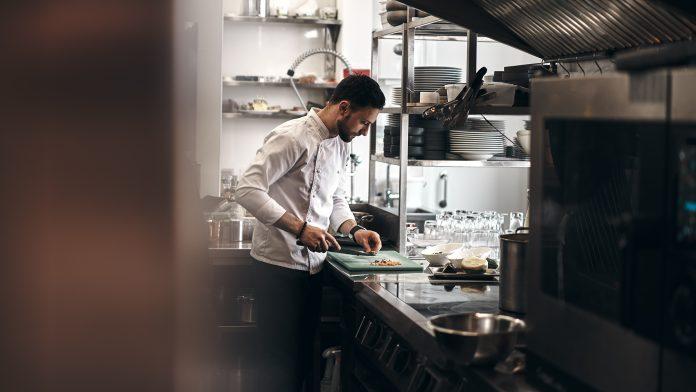Technology has seamlessly integrated itself into nearly every aspect of daily life, from how we communicate to how we navigate our surroundings. Undoubtedly, these advancements will continue redefining the boundaries of what is possible, and nowhere is it more evident than in our houses.
Homemaking is experiencing a technological renaissance as more people incorporate tech into their living quarters. As the busiest part of a house and restaurant, kitchens are at the heart of this transformation, and today’s “smart” kitchen has become a harmony of interconnected devices working together to elevate food preparation.
What is a Smart Kitchen?
A smart kitchen combines food preparation with cutting-edge technology. It uses a network of interconnected appliances collaborating seamlessly to enhance cooking processes, from meal planning to cooking techniques.
In particular, a smart kitchen leverages artificial intelligence and the Internet of Things to improve food preparation convenience, efficiency, and creativity.
- Artificial Intelligence (AI)
AI simulates human intelligence in machines, enabling them to perform tasks requiring human cognition. In a smart kitchen, AI algorithms analyze data from various sources—recipes, ingredient lists, customer preferences, and real-time sensor inputs—to provide food recommendations, optimize cooking times, and adapt recipes based on available ingredients.
- Internet of Things (IoT)
IoT refers to a network of interconnected kitchen appliances gathering and sharing information. For instance, some ovens allow you to control them via your smartphone to adjust cooking times or programs from another room or outside your home. Meanwhile, certain refrigerators can automatically add ingredients to a list for your next shopping trip.
6 Challenges of Smart Kitchens
While smart appliances streamline kitchen operations, many have genuine concerns about their use, from data protection to costs.
As such, manufacturers, developers, and users must collaborate to create an intelligent kitchen ecosystem that is secure, user-friendly, and adaptable moving forward.
- Data security
AI-powered tech needs personal and sensitive information to operate fully, so data security becomes a pressing concern. The interconnected nature of these appliances could create potential vulnerabilities that hackers could exploit. In fact, 76% of smart tech users are concerned about their privacy, while 59% worry about their devices spying and monitoring their activities for nefarious purposes.
- Integration
A fully integrated smart kitchen is the ultimate goal, but you would have to navigate a complex landscape of devices from various manufacturers. For instance, you would have to initially research and consider each device’s smart home standards, like:
- Thread
- Wi-Fi
- Z-Wave
- Zigbee
The lack of standardized protocols can be frustrating when connecting and controlling different devices through a single interface.
- Scalability
Smart kitchens must be able to accommodate future technological growth and changes. Otherwise, you would have to buy the latest tech consistently, making switching to tech-enabled appliances impractical in the long run. As such, the challenge for manufacturers lies in building a foundation that quickly adapts and integrates new features without rendering current systems obsolete.
- Maintenance
Regular software updates are necessary to maintain security and provide access to new features. However, staying abreast of updates for multiple devices and managing potential compatibility issues are challenging, especially for busy food establishments without a dedicated IT team.
- Adoption
Unfortunately, not everyone is open to embracing the shift to smart tech. Some may hesitate to incorporate it into their kitchens due to concerns about complexity, learning curves, loss of traditional culinary skills, and security. To overcome these barriers, manufacturers must implement user-friendly interfaces, among other adjustments, to emphasize the value and ease of integration.
- Costs
Of course, advanced tech, such as smart kitchen appliances, comes with significant financial investment. For example, while Samsung’s most affordable, non-smart, 27-cubic-foot fridge comes at around $1,600, their cheapest smart fridge of roughly the same size reaches $2,200. The long-term benefits are considerable, but initial costs might discourage some users from adopting them.
Boost Your Restaurant
Smart kitchens have changed the way food establishments operate. These once-traditional spaces are tapping into emerging tech to elevate their convenience and creativity, from ovens that adapt to cooking preferences to refrigerators that manage inventories.
However, these kitchen innovations are not without challenges, like security and integration concerns discouraging restaurants from adopting smart tech. As such, stakeholders must collaborate and consider the above considerations to overcome these obstacles. In effect, more kitchens like yours can begin embracing smart kitchens without sacrificing privacy, accessibility, and sustainability.
